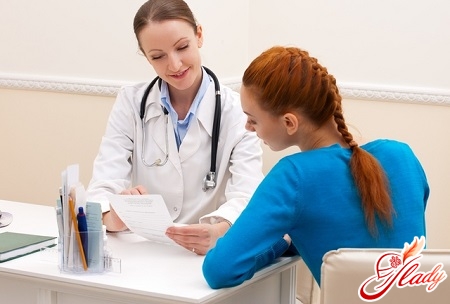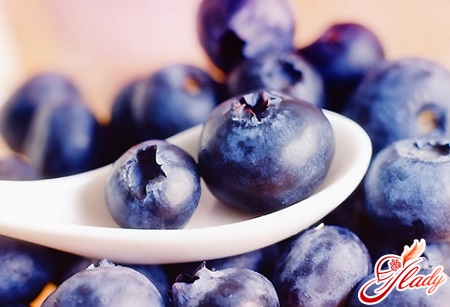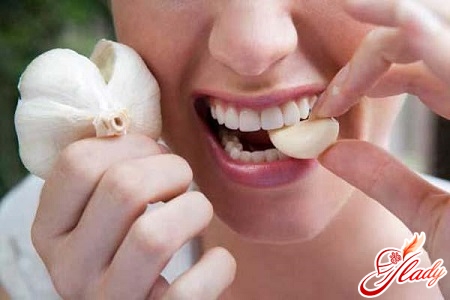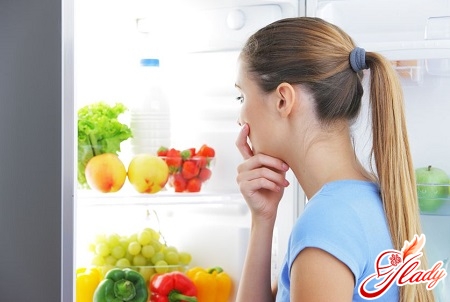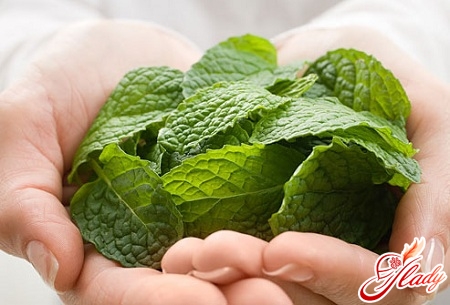 Since ancient times, people have endowed plants with magical powersproperties, and, mind you, not without reason. Today, the ability of plants to heal and even kill has been proven by science, and in medicine, an officially recognized direction called phytotherapy has long appeared. Some green healers have revealed their secrets only to professionals, while some are actively used in folk medicine. Many plants, possessing known healing properties, are simultaneously used in cooking or perfumery. One of the striking examples of such a universal creation of nature is peppermint. Everyone knows that mint heals. Its unique properties have been appreciated by both food industry workers and perfumers. In addition, mint is actively used in home and professional cooking. What is unique about this aromatic herb? What are its beneficial properties that made people elevate peppermint to the rank of medicinal plants? And most importantly, what and how can you treat with mint? Let's figure it out.
Since ancient times, people have endowed plants with magical powersproperties, and, mind you, not without reason. Today, the ability of plants to heal and even kill has been proven by science, and in medicine, an officially recognized direction called phytotherapy has long appeared. Some green healers have revealed their secrets only to professionals, while some are actively used in folk medicine. Many plants, possessing known healing properties, are simultaneously used in cooking or perfumery. One of the striking examples of such a universal creation of nature is peppermint. Everyone knows that mint heals. Its unique properties have been appreciated by both food industry workers and perfumers. In addition, mint is actively used in home and professional cooking. What is unique about this aromatic herb? What are its beneficial properties that made people elevate peppermint to the rank of medicinal plants? And most importantly, what and how can you treat with mint? Let's figure it out.
What makes mint useful?
Why has peppermint found such wide use?application in traditional and alternative medicine, in food and cosmetic products? The beneficial properties of peppermint are based on the content of menthol, or more precisely, menthol oil, which is abundant in the leaves, inflorescences and stems. Mint inflorescences contain up to six percent of menthol oil, leaves - about three, and stems - up to three tenths of a percent. At the same time, the main source of medicinal raw materials became peppermint leaves. But what is interesting is that mint is collected only during the flowering period and only in the first half of daylight hours: it is believed that at this time the content of essential oil in the leaves reaches its maximum. The main component of menthol oil is menthol, which contains up to seventy percent. In addition to menthol, this essential oil contains menthone, menthofuran, pulegone, carotene, oleanolic and ursolic acid, betaine and esters (volatile substances) of menthol, valerianic and acetic acid. The chemical composition of mint is supplemented by ash, zinc, magnesium, chromium, copper, nickel, lead and many other macro- and microelements. The collected peppermint leaves are dried in special dryers, since when dried in the open air, mint partially loses its beneficial properties. Properly dried mint has a strong aroma and a slightly pungent and cooling taste.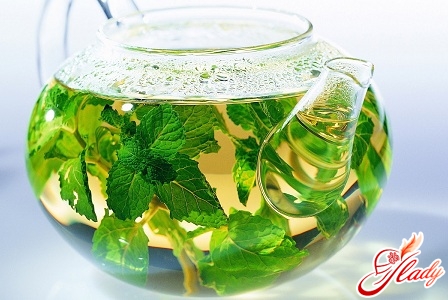
What is useful for mint?
The use of mint is widespread intraditional and folk medicine. Peppermint (infusions from its leaves) soothes, relieves spasms, has analgesic, choleretic and disinfectant properties. It improves blood circulation (capillary) and improves bowel function. Peppermint oil, which is made from the above-ground parts of the plant, is used 10-15 drops for nausea and vomiting, intercostal neuralgia and heart pain. Peppermint drops help cope with toothache and migraines: taking 10-15 drops of oil before bed, a person gets rid of insomnia and anxiety. Medicinal properties are inherent not only to menthol, but also to all other components of mint. Therefore, tinctures and decoctions from dried and fresh mint leaves relieve nervous overexcitement, improve appetite and increase performance. To prepare a mint decoction, take 2 tablespoons of dry crushed leaves and pour half a liter of boiling water. Drink this infusion half a glass 3 times a day before meals. The use of mint for helminthic invasions and pulmonary diseases was widespread even before the era of antimicrobial and antiparasitic drugs. For this, patients were prescribed to drink fresh mint juice several times a day. However, today such treatment is no longer relevant, although effective.
Application in medicine
Medicinal properties of peppermint in traditionalIn medicine, they are mainly used in preparations that relieve nervous excitability and normalize cardiac activity. For example, these are Zelenin drops and herbal elixirs for the treatment of vegetative-vascular dystonia. Peppermint is known to us mainly in the form of dried leaves, which are included in all sorts of herbal infusions: sedatives, stomachic and carminative. No less well-known are the aforementioned mint drops, which relieve bouts of nausea. Mint leaves are also included in Zdrenko's anti-cancer infusion. Menthol contained in mint leaves is used to treat angina, runny nose and migraines. The widely known tablets Validol and Valocordin also contain menthol. It is also included in the miraculous balm "Golden Star". In medicine, mint and its menthol are used in the form of infusions, oils (Oleum Menthae piperitae), tablets (Pectusin), drops (Zelenin drops), alcohol solutions (Menovazin), ointments (Boromenthol and Golden Star), aerosols (Camphomen), suppositories (Anestezol). However, menthol-based preparations are far from safe. For example, a very sharp and strong smell of menthol can cause bronchial spasms and even respiratory arrest. And excessive and uncontrolled use of mint preparations can provoke heart pain.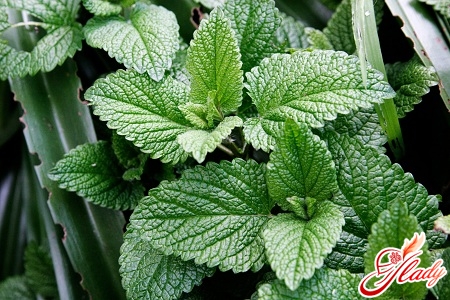
Folk recipes
Peppermint herb has found wide application inalternative (folk) medicine. This is where the recipes for decoctions and infusions for the face based on the use of peppermint belong. Daily washing with mint infusion relieves redness and irritation on the skin, thanks to its calming and antiseptic effect. Mint decoction is indicated for bronchitis. In case of gastrointestinal diseases, mint decoction helps to cope with dysbacteriosis, colitis and enterocolitis and chronic inflammation. The decoction is prepared as follows. Two tablespoons of dry grass are poured with two glasses of boiling water and infused until completely cooled, and then filtered. The finished decoction is taken three times a day, one third of a glass. The analgesic and anesthetic properties of mint are used for rheumatism, as well as to relieve pain after insect bites. For this, compresses with mint oil or mint decoction are applied. Tea with added mint leaves helps to overcome insomnia, is recommended for rapid heartbeat and to reduce fever. In folk medicine, a mixture of mint and olive oil is used to treat burns, and a mint decoction or inhalations with menthol oil are used to treat colds. Recently, people increasingly prefer to use natural remedies for the treatment and prevention of diseases, paying attention to the beneficial properties of plants. Peppermint, known since ancient times and remaining popular to this day, is no exception. Be healthy! We recommend reading:





